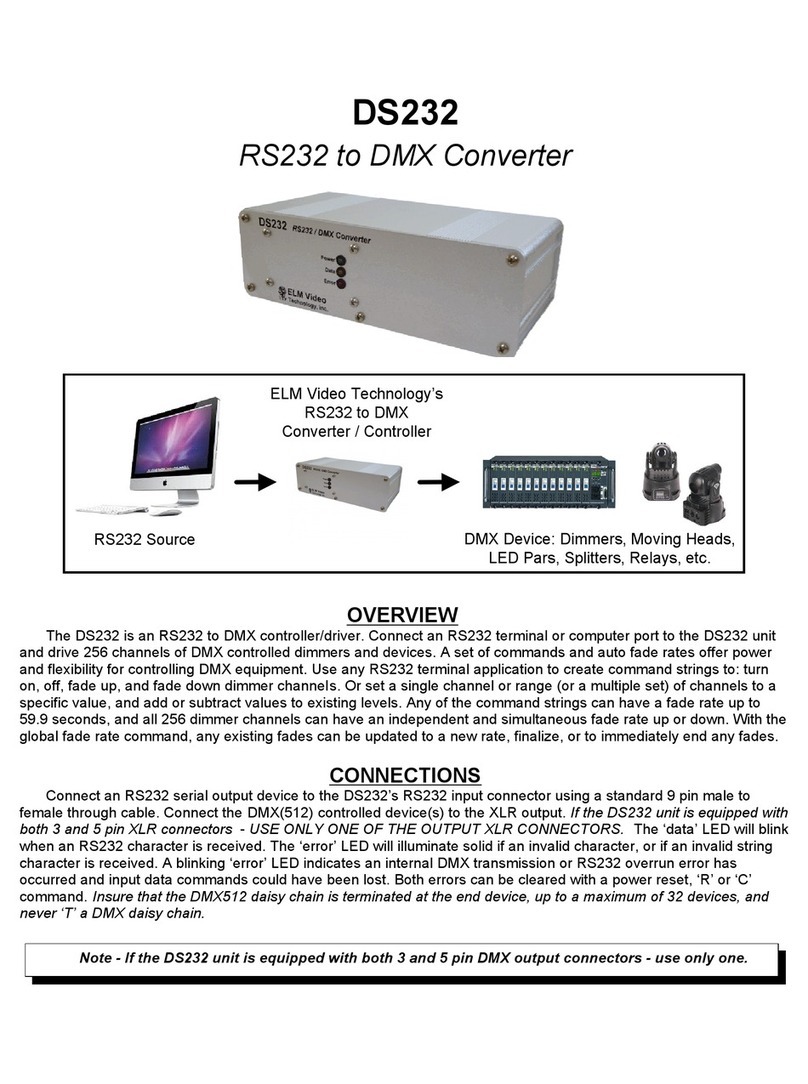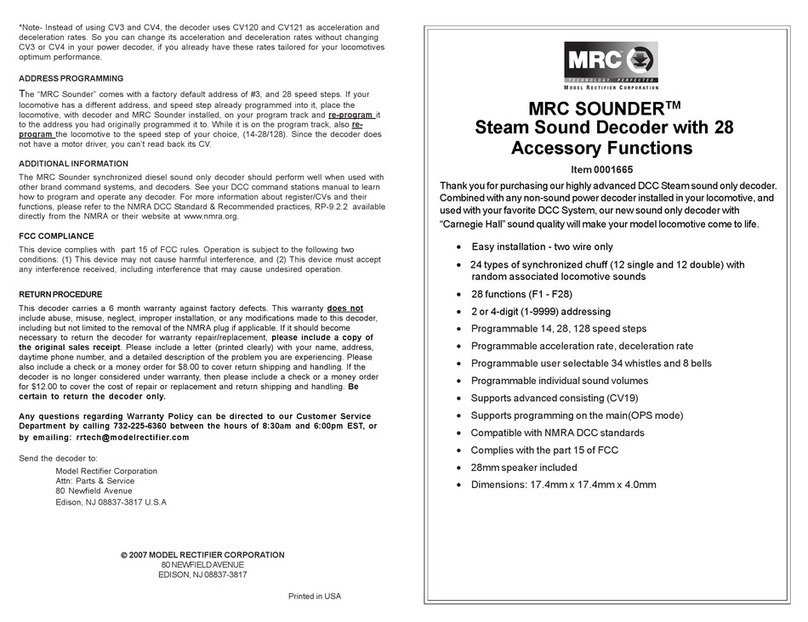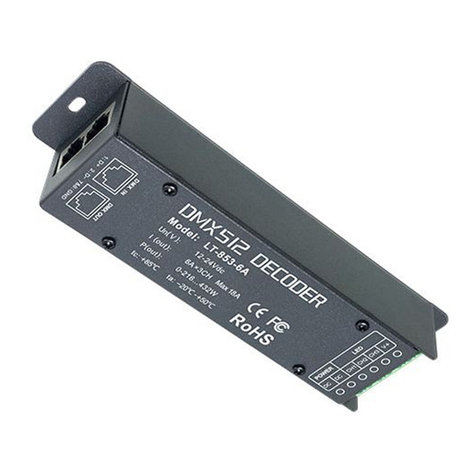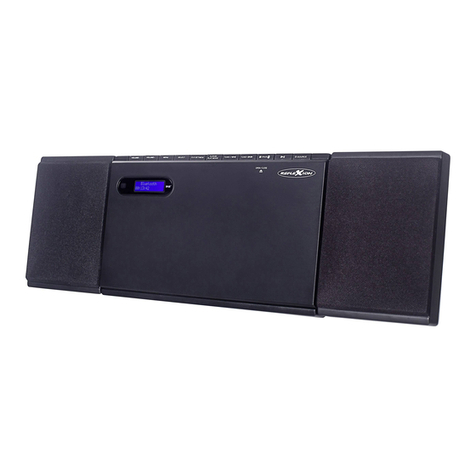METRObility Optical Systems Delta Class User manual




















This manual suits for next models
12
Table of contents
Other METRObility Optical Systems Media Converter manuals
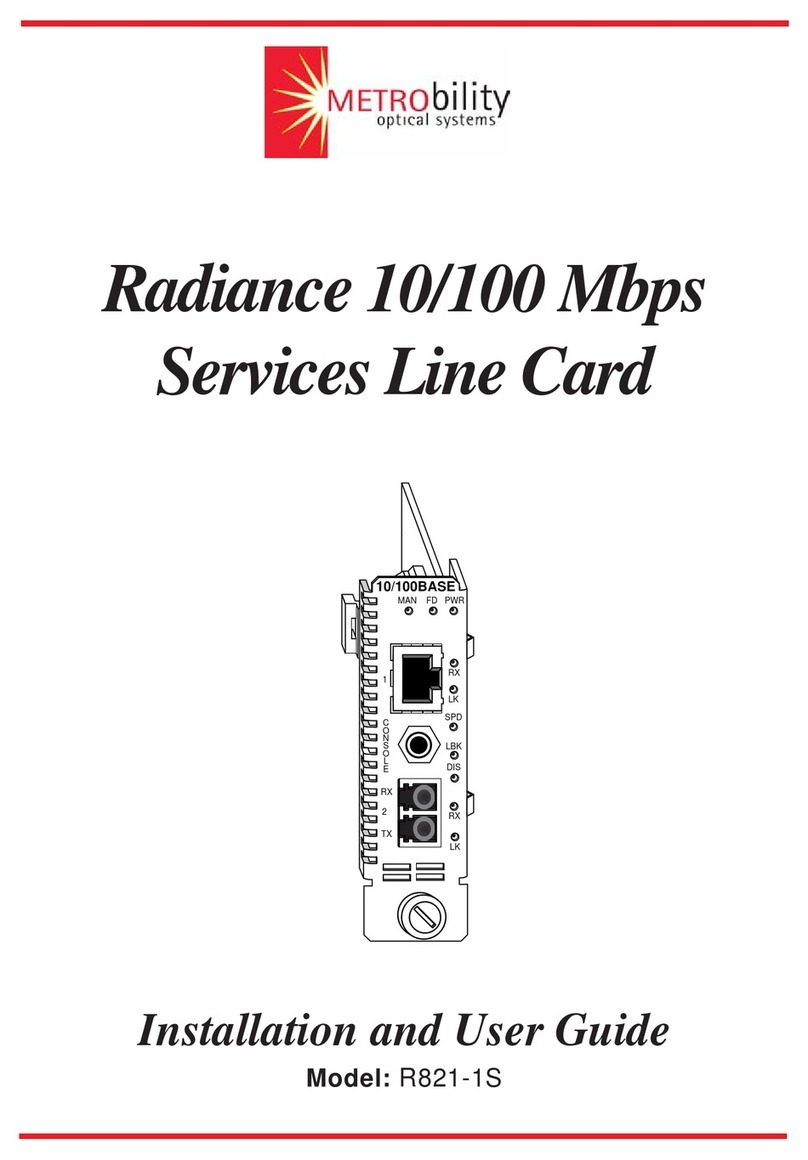
METRObility Optical Systems
METRObility Optical Systems R821-1S User manual
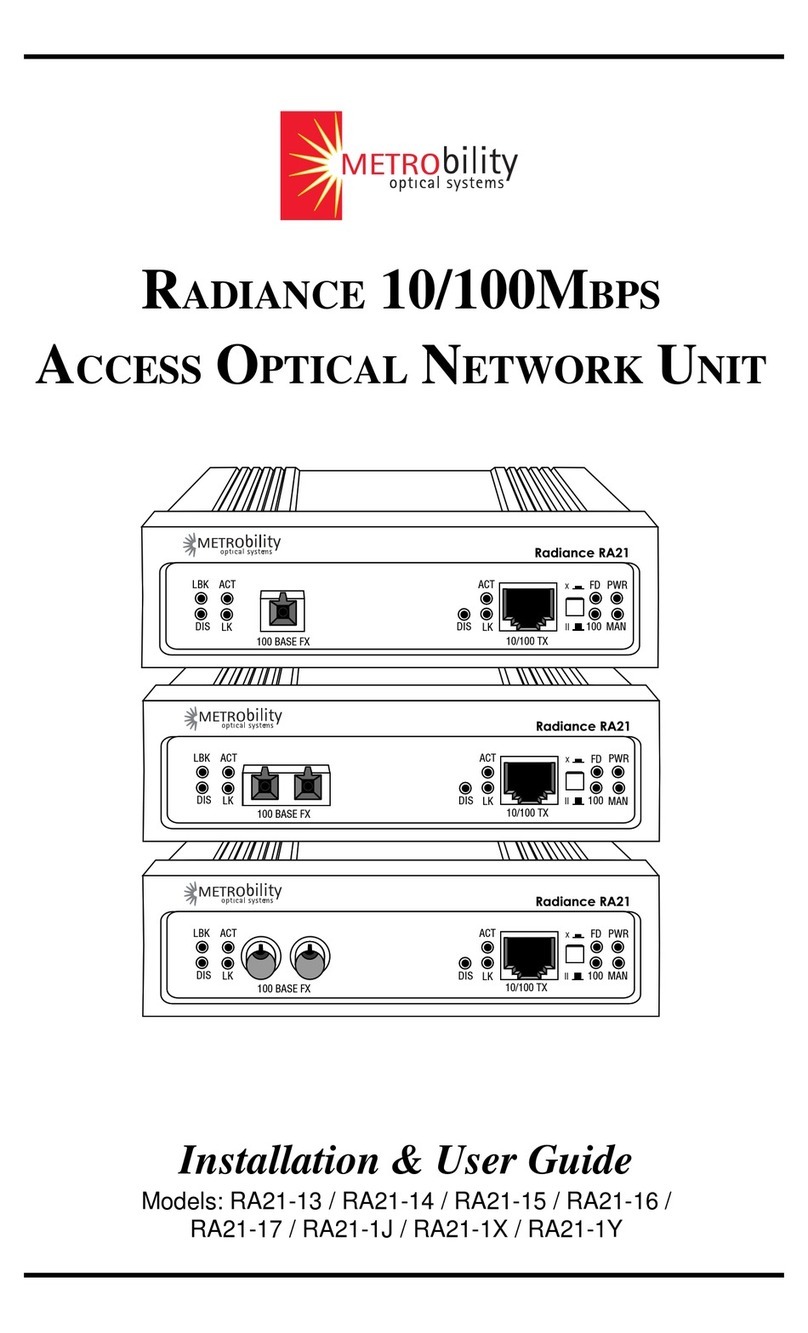
METRObility Optical Systems
METRObility Optical Systems RADIANCE 10/100MBPS ACCESS OPTICAL NETWORK... Operation manual
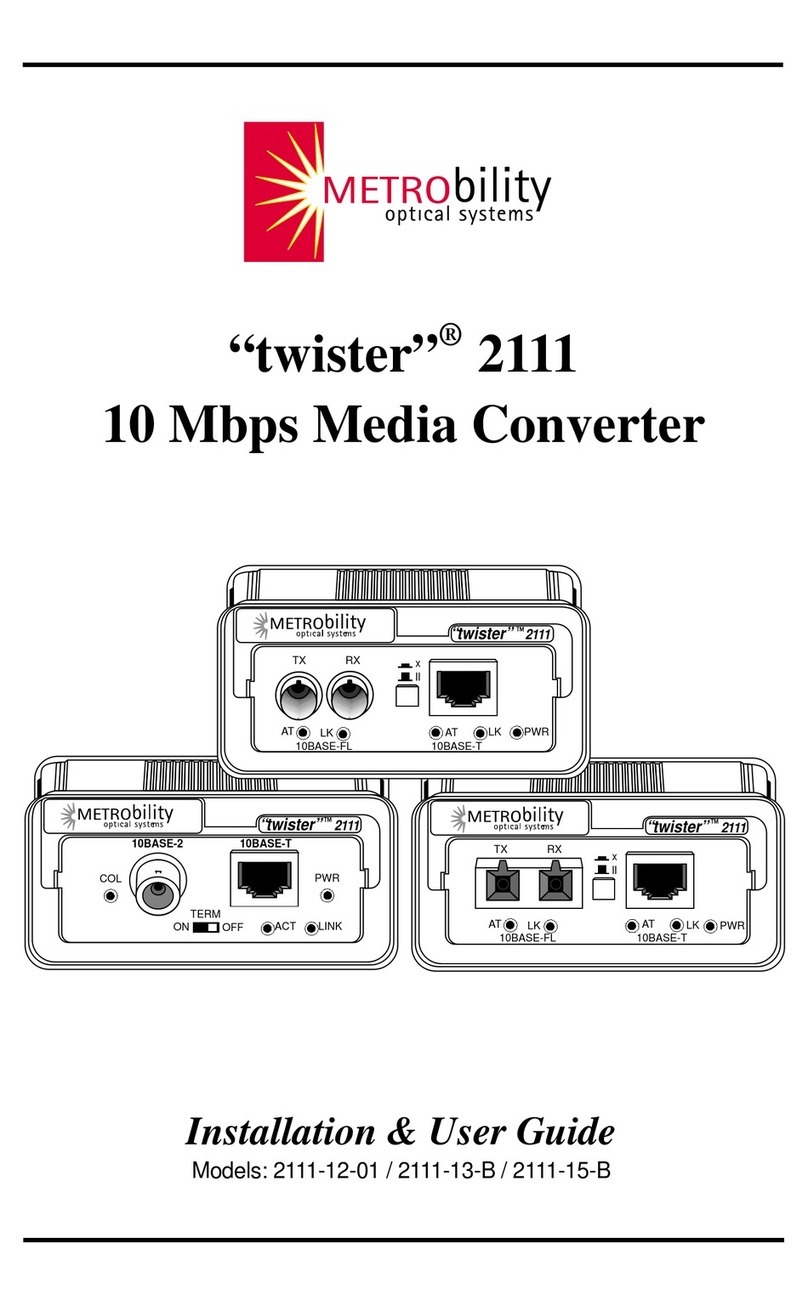
METRObility Optical Systems
METRObility Optical Systems twister 2111 Operation manual
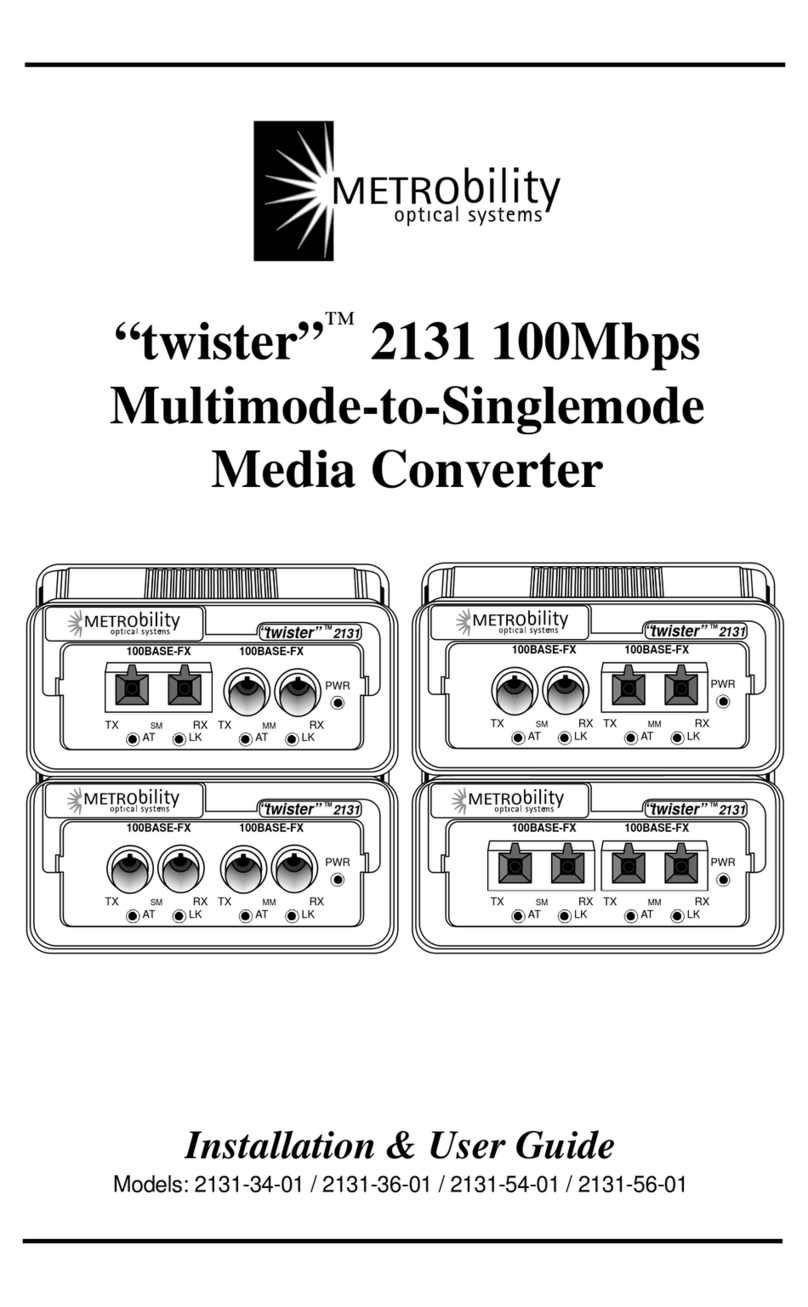
METRObility Optical Systems
METRObility Optical Systems twister 2131-34-01 Operation manual
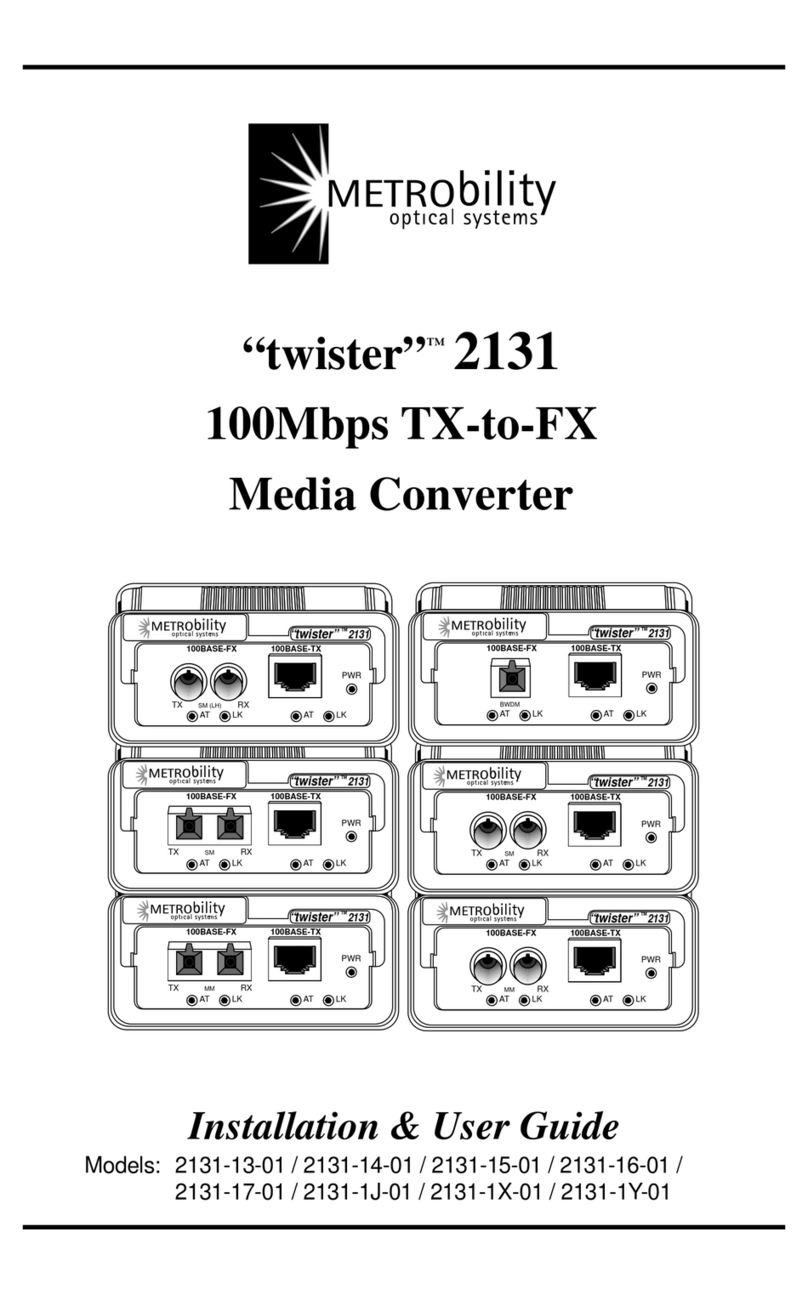
METRObility Optical Systems
METRObility Optical Systems 2131-13-01 Operation manual
Popular Media Converter manuals by other brands
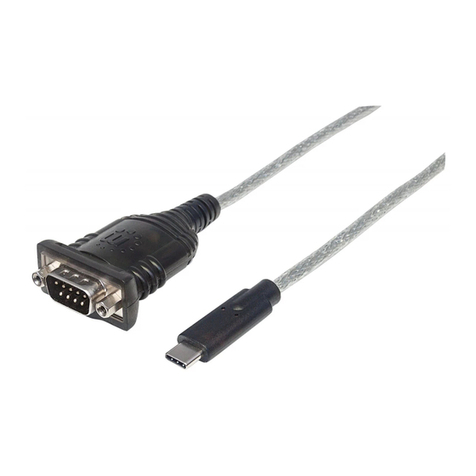
Manhattan
Manhattan 151283 instructions

Renishaw
Renishaw Evolute RTLA50-S installation guide

Keysight Technologies
Keysight Technologies N7004A Quick Start and Accessories Guide
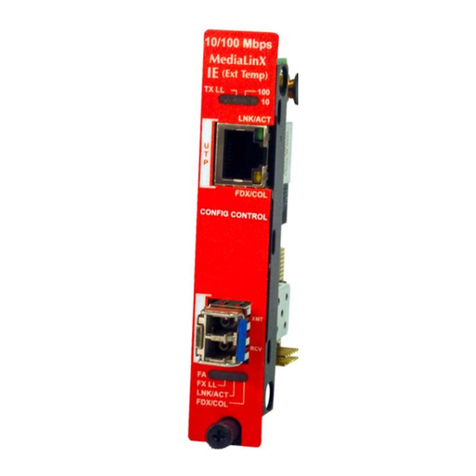
IMC Networks
IMC Networks IE-iMcV-MediaLinX TX/SFP Operation manual
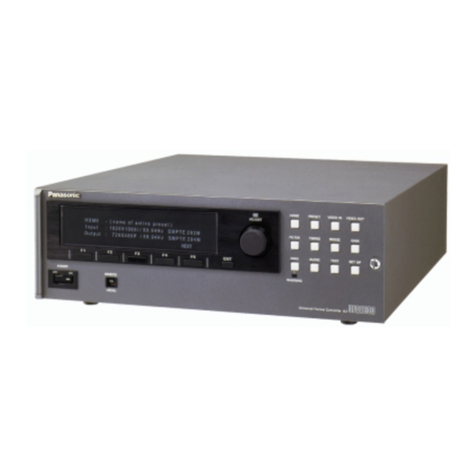
Panasonic
Panasonic AJUFC1800 - HD STANDARDS CONVERT System reference

SOMFY
SOMFY animeo 1860125 installation guide
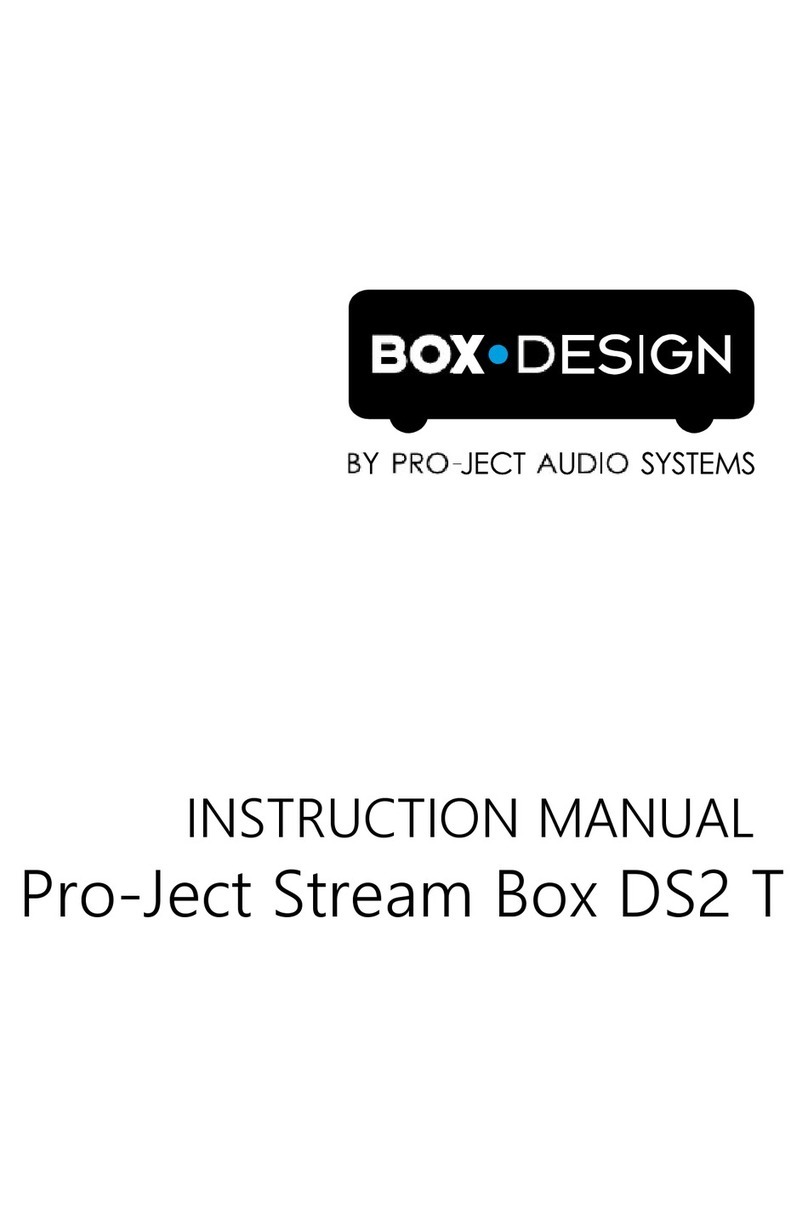
Pro-Ject Audio Systems
Pro-Ject Audio Systems BOX DESIGN Stream Box DS2 T instruction manual
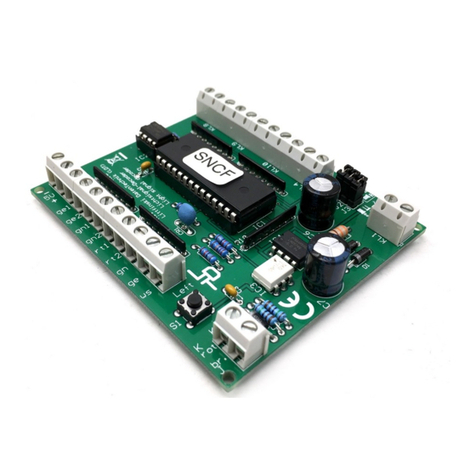
LDT
LDT LS-DEC-DR-F operating instructions
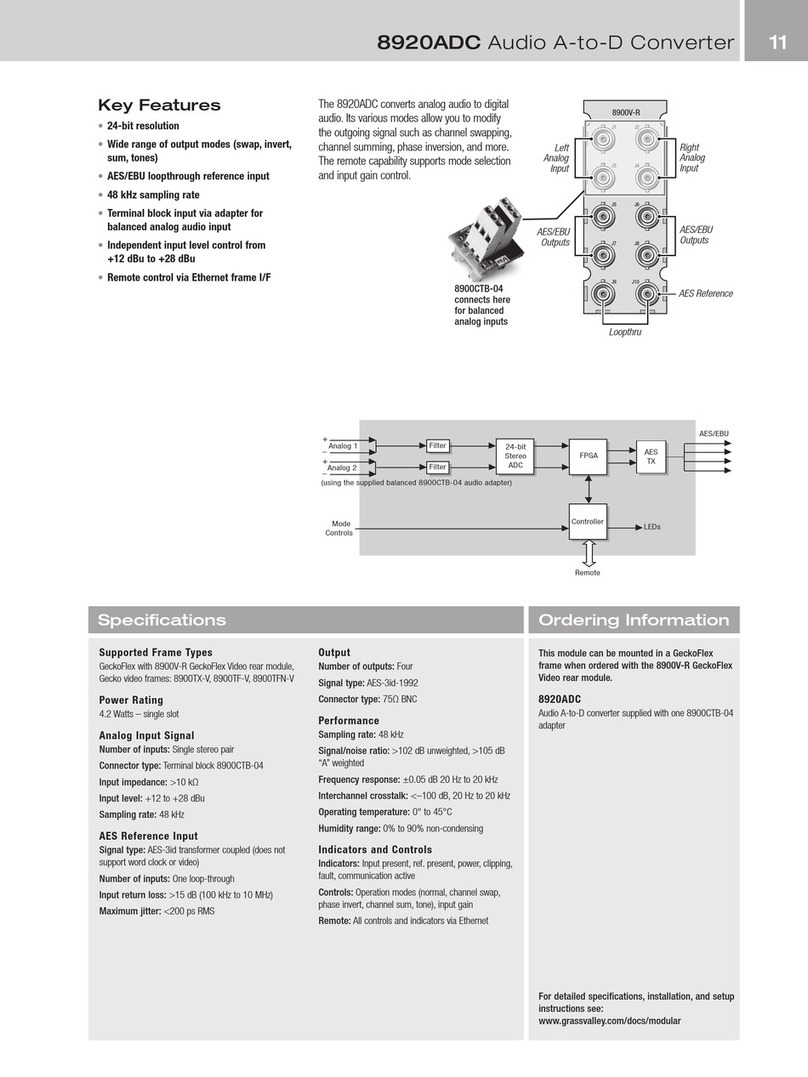
GRASS VALLEY
GRASS VALLEY 8920ADC - datasheet
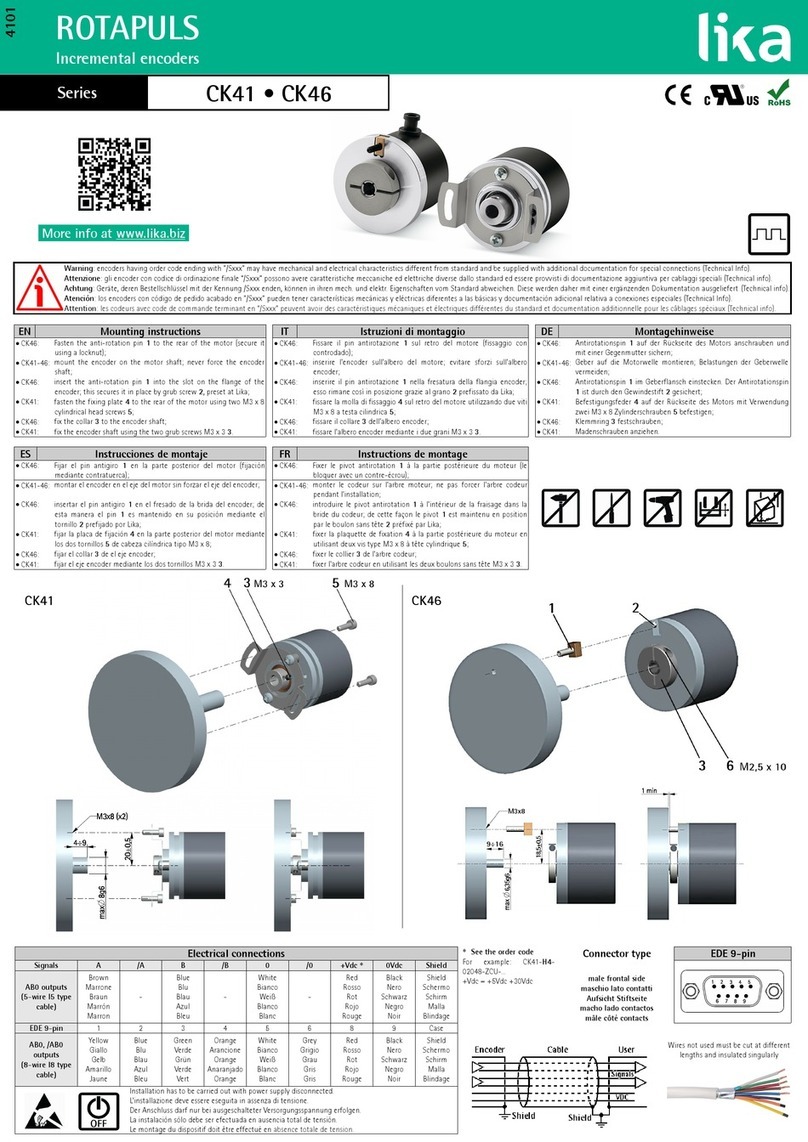
Lika
Lika ROTAPULS CK46 Series manual

Ganz
Ganz ZN-S100V Hardware manual
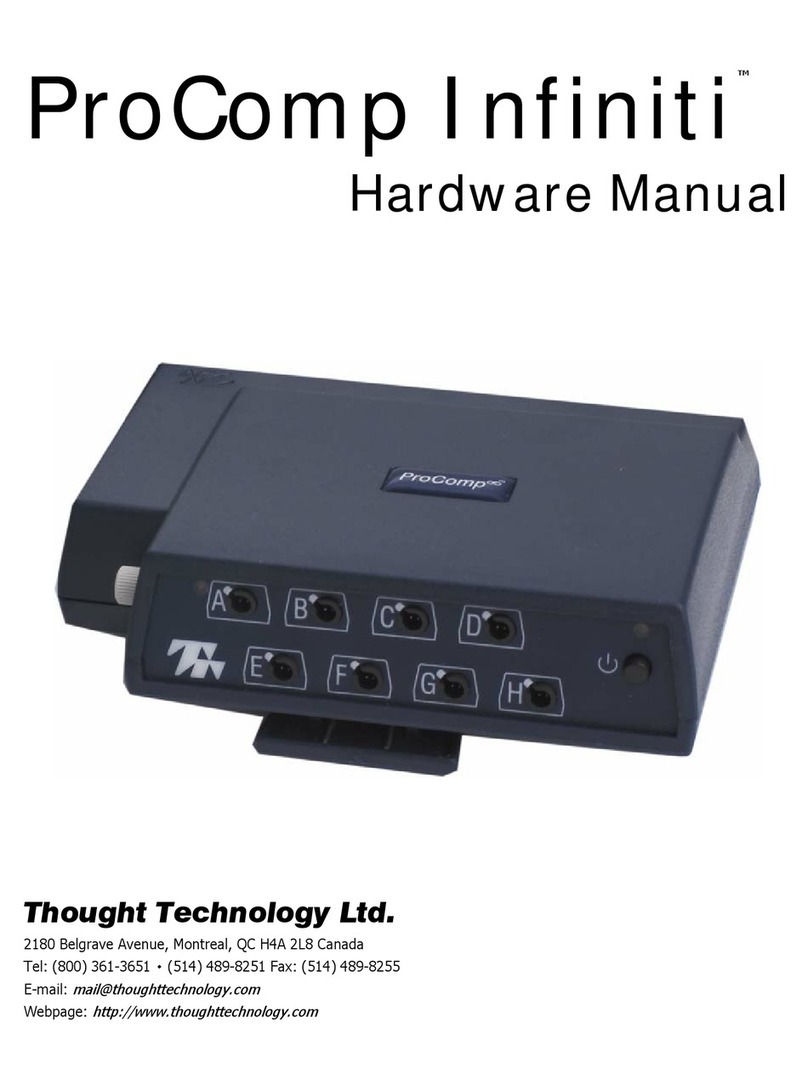
Thought Technology Ltd.
Thought Technology Ltd. Procomp Infiniti Hardware manual

